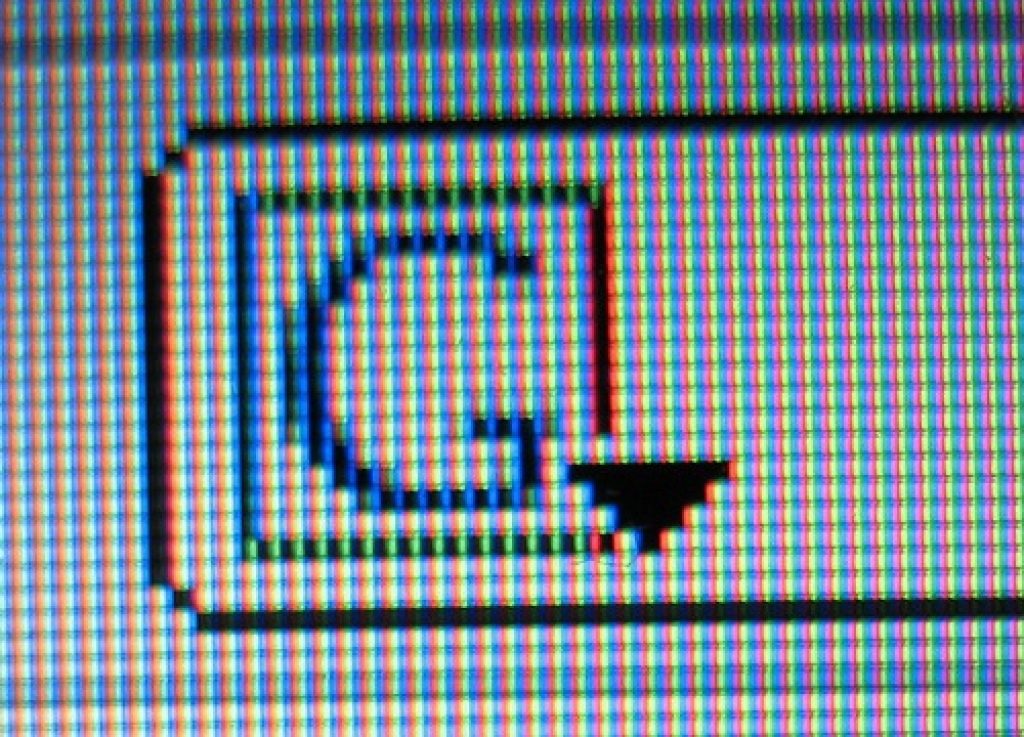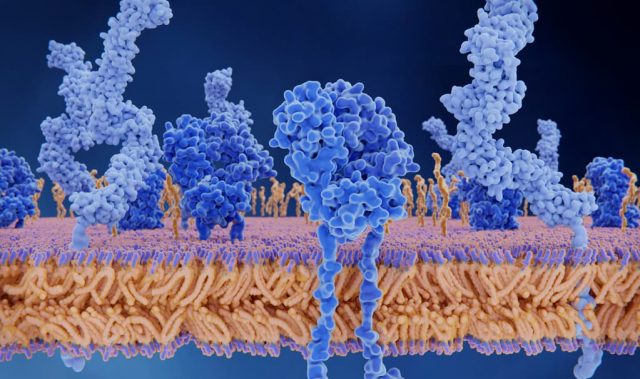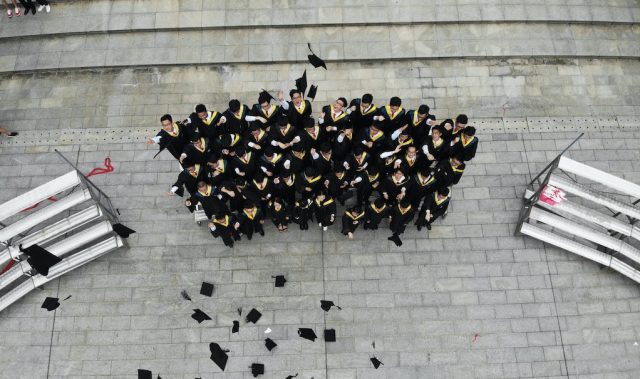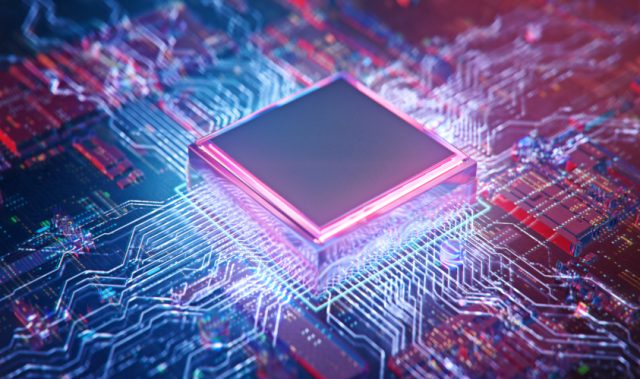
AsianScientist (Oct. 23, 2014) – Researchers have developed an ultra-thin liquid crystal display (LCD) capable of holding three-dimensional image in a compact and energy-efficient way. The discovery is described in Optics Letters.
Liquid crystal displays (LCDs) are used in numerous technological applications, from television screens to digital clock faces.
In a traditional LCD, liquid crystal molecules are sandwiched between polarized glass plates. Electrodes pass current through the apparatus, influencing the orientation of the liquid crystals inside and manipulating the way they interact with the polarized light. The light and dark sections of the readout display are controlled by the amount of current flowing into them.
The new displays developed by the team from Hong Kong University of Science and Technology ditch the electrodes, allowing the screen to become thinner and also decreasing its energy requirements.
Once an image is uploaded to the screen via a flash of light, no additional power is required to keep it on the display. These ‘bi-stable’ displays draw power only when the image is changed, an advantage in applications where a screen displays a static image for most of the time, such as e-book readers or battery status monitors for electronic devices.
“Because the proposed LCD does not have any driving electronics, the fabrication is extremely simple. The bi-stable feature provides a low power consumption display that can store an image for several years,” said Dr. Abhishek Srivastava, one of the authors of the paper.
The researchers also engineered their screen to display images in 3D, using novel methods to manipulate light polarization. Researchers divides the image into three zones: one in which the light is twisted 45 degrees to the left, another in which it is twisted 45 degrees to the right, and a third in which it is unmodified. When passed through a special filter, the light from the three zones is polarized in different directions. Glasses worn by the viewer then make the image appear three-dimensional by providing a different view to each eye.
Dr. Srivastava and his colleagues are in the process of optimizing their device for consumer use by adding color capabilities and improving the refresh rate. The thin profile and minimal energy requirements of devices could make it useful in flexible displays or as a security measure on credit cards.
The article can be found at: Sun et al. (2014) Optically Rewritable 3D Liquid Crystal Displays.
—–
Source: The Optical Society; Photo: Alexi Kostibas/Flickr/CC.
Disclaimer: This article does not necessarily reflect the views of AsianScientist or its staff.












